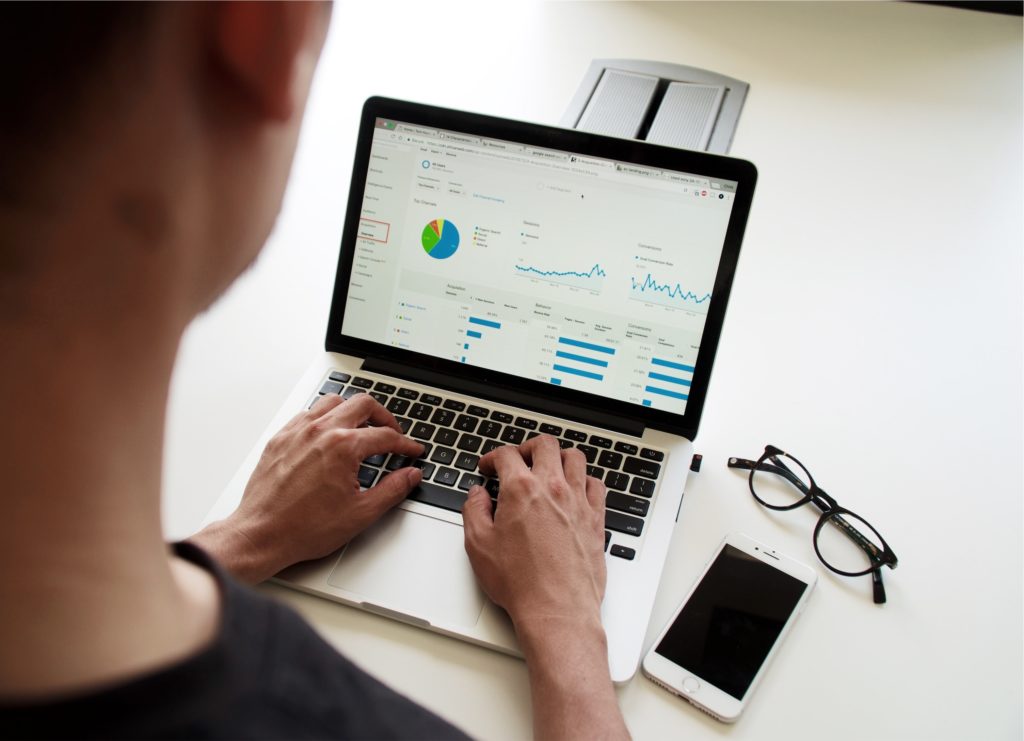A Cookieless Future: Part One
In the days before GDPR and iOS14.5, the paid media landscape looked very different from today.
Before we start to explore what happened and where paid social is today, we’d better explain what cookies are. Put simply, they’re an online file which stores behavioural information about what we do on the internet – from what we shop for and what life events are happening to us, to our age, gender and hobbies. Introduced in 1994, they’ve been used for targeting ever since.
Many people (me included) see them as beneficial to both advertiser and consumer, ensuring that the ads people see are relevant and of interest. But it is true to say that not all cookies are created equal and, in recent years, concerns around consumer privacy have seen cookies develop a less than glowing reputation.
THE PAID SOCIAL STORY
Pre GDPR and iOS14.5, when it came to segmenting audiences, we had access to thousands of demographic data points and hundreds of thousands of behavioural options. Yes, it was quite intrusive in terms of the individual insight into users.
But, from the perspective of an advertiser, acquiring customers was relatively cheap, you could expect a return on ad spend (ROAS) of ten times, and – possibly most importantly – results were relatively predictable.
The seeds of change when the Cambridge Analytica scandal made people much more aware of how personal data was being used. Almost overnight, a significant chunk of targeting options disappeared. The introduction of GDPR in 2018 saw a further tightening up of how data was handled but the impact was minimal for paid social advertisers. The big change came in May 2021, when the release of iOS14.5 brought with it the requirement for all users to authorise Apple’s App Tracking Transparency (ATT) prompt.
Meta had to reengineer how they managed data and advertisers lost full funnel conversion reports. It was simply no longer possible to see the same level of detail about where customers were and what they were doing.
Less than six months later, in October 2021, Meta changed its attribution model and the 28-day click, 7-day view was replaced with 7-day click, 1-day view, making it much harder to measure the impact of paid social activity. (Although the good news is that 28-day click, 7-day view is coming back in 2023 👍).
As battle lines were drawn between Apple and Meta, with Meta taking out full page ads to vocally support small businesses and claiming that the changes would impact their ads business to the tune of $10bn in 2022, the industry held its breath and waited to see what would happen.
We’re all familiar with the ATT prompt now but, despite Facebook’s efforts to offer some context and persuade users to allow tracking, 75% of Meta users opt out, so there’s no getting away from the scale of the impact.
CHANGES AND CHALLENGES
It’s not all bad news. As a user, the changes mean increased privacy, and more choice and control over how brands use our data; it allows users to be consumers, rather than commodities, on the platforms and sites we visit.
The flip side of this is that reduced personalisation means users are also likely to see less relevant ads which, it could be argued, is less helpful. And, ultimately, if platforms make less money from advertising, how long with they remain free to use?
From the perspective of an advertiser, decision making has been made much more difficult. The changes heralded the end of remarketing as we knew it, made it harder to find new customers, and the reduced attribution accuracy has made it tricky to see what’s working and what isn’t. In some instances, performance became almost invisible.
While we were going through this period of uncertainty, exacerbated by the inconsistency of impact across verticals, the most damaging outcome was an undermining of the perceived value of paid social. Even if a campaign was working brilliantly, it was near impossible to demonstrate the impact in a tangible data-led way.
Effectively, with best-practice ad tactics no longer reliably working, we had to go back to square one to figure out what would work. The good news is that, as a sector, we’ve come out of the other side of this upheaval. While things won’t return to how they were, we’ve had time to adjust, develop solutions and find tactics that work in the new paid social landscape.
HOW CAN MARKETERS MITIGATE THE IMPACT OF THESE CHANGES?
One of the most important things I suggest to clients, is that they identify their single source of truth. By that I mean you need to decide which transaction point is your focus and prioritise it.
If we can’t see what customers are doing at a certain point in the buying process, move up the funnel and try warm retargeting at points that are not impacted in the same way by the loss of user data.
We’ve had to accept that the granularity of reporting which was one possible is not going to return, so we need to view activity more holistically – look at your marketing activity and results in the round.
Rather than look at single channel activity, consider using new metrics, such as eROAS, which take a broader view.
Treat your own data like gold dust. While third party data is no longer available in the same way, first party data – customers and users who have agreed to share their data with you – offers rich potential.
Finally, there are tech solutions out there which can help and are worth exploring, such as Conversions API (CAPI) Triple Whale and Madgicx.
WHAT THIS MEANS FOR THE FUTRUE OF PAID MEDIA
So how do you deliver effective paid media campaigns in this new dynamic?
- Don’t be scared of broad audiences, building broader targeting into your strategy can work
- Develop omnichannel, multi-touchpoint strategies that ensure you’re talking to customers across all channels
- Prioritise your single source of truth, whether it’s your website or CRM, identify it, focus on it and measure the impact of your marketing against it
- Aim for robust performance tracking – there are solutions out there that can help with this
- Ensure the customer journey and user experience is really well thought through – from the first interaction with an advert, through to purchase, make sure it all works
- Incentivise your product or service with compelling offers – don’t be afraid to test lots of things to find out what works
- Think about harnessing the power of creative as a targeting tool
- Build a brand that resonates with customers – if they love what you’re offering, they’ll buy whether you’ve got tracking technology to follow them around the internet or not
Ultimately, real brands, talking to real people, deliver real results.
If you’d like to chat about how WPR can create paid social campaigns that work for your business, please get in touch. We’d love to help.
The author: Rob Lewis is paid social director at WPR. He’s a paid social performance marketing specialist, with a focus on direct response revenue and lead generation, and extensive experience buying media across all platforms for B2C and B2B brands.

A COOKIELESS FUTURE: PART TWO
In our next Reading Room blog, WPR’s senior paid acquisition and data manager Andy Gorman explores the implications of a cookieless future in PPC and GDN.
